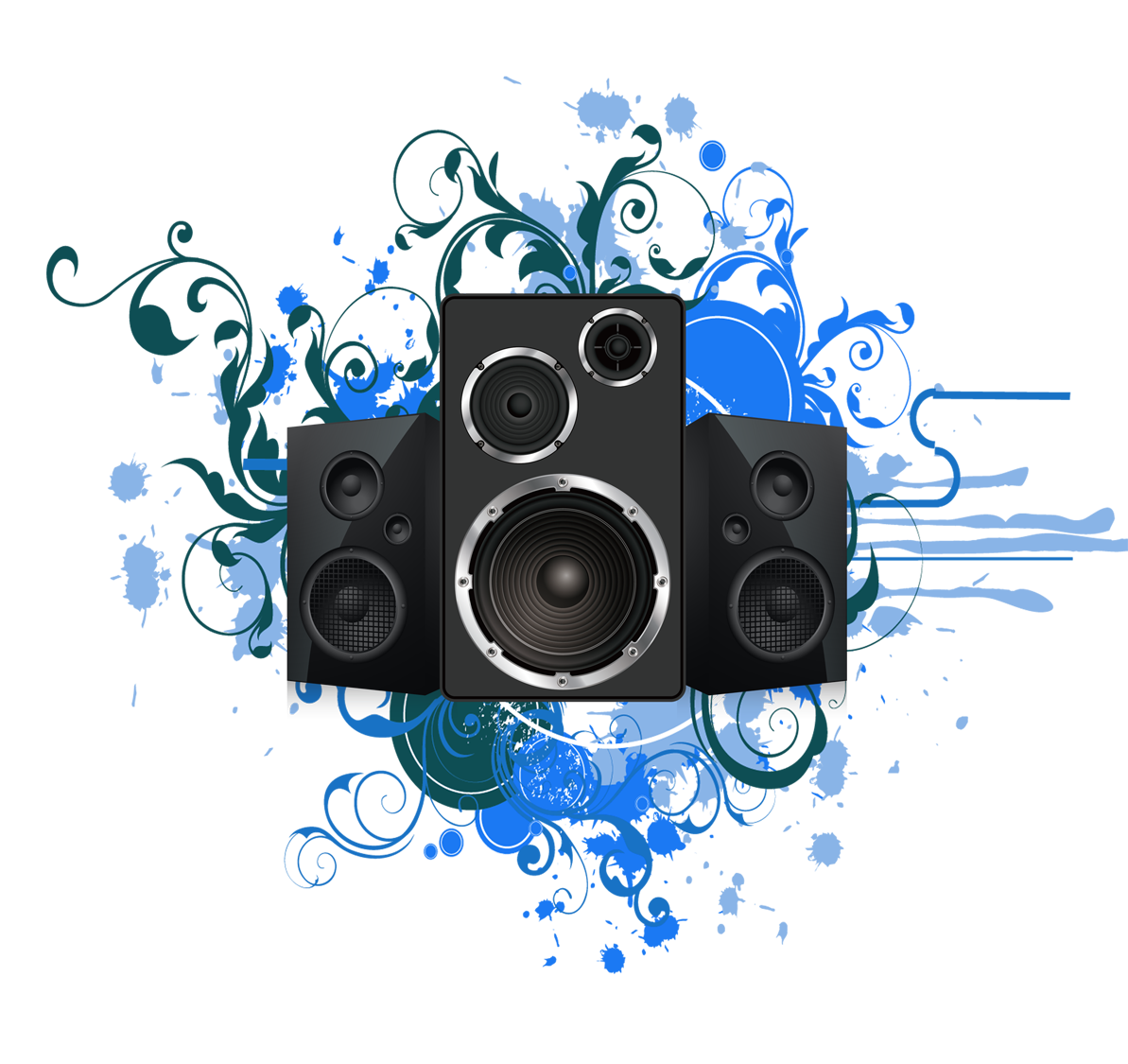More history, about tubes this time
The 845 valve is a magnificent US design that dates back in 1932. This audio power triode has a thermal dissipation of 75 Watts and operates with 1250 Volts, give or take, on the anode. A small beast with 54mm in diameter, and excluding the base pins, 185 mm tall. In single ended triode mode it will output a healthy 15 Watts which is good for medium high sensitivity speakers and tops most if not all headphone amplifiers in driving capabilities. One of the more commonly used driving tubes for the 845 is the 6SN7 GT, introduced around 1940 and with many variants. The GT stands for glass tube as many of the early 6SN7 series had metal casing. My favorite 6SN7 GT is the Kentucky Radio “staggered plates” version with a distant second being the Sylvania VT 231. If you can find decent Ken Rads for your equipment, don’t hesitate — you can thank me later. During the review I used stock tubes, as provided by Viva.
Recent history
Some five months ago, during my annual High-End pilgrimage in Munich, I bumped into my friend George (who also happens to be an audio importer), and the usual corridor chat took off. What’s good, what’s new, what sucks big time — the usual stuff. During a show as big as Munich’s, every bit of information comes handy; chances are you will miss more than a few things as it is impossible to listen to everything.
George told me about this new headphone amplifier that the guys from Viva Audio, a small Italian brand that produces handcrafted tube amplifiers and speakers, was being presented for the first time. When you have a hundred or more “live” rooms with equipment costing anywhere from tens of thousands up to a million $ and more, a new headphone amplifier might not be in top of your list. But George insisted, “this is one you must give a listen, it’s like no other.”
I have heard this “like no other” quite a few times and was still skeptical, was it worth the precious time? After a couple of hours, I was downstairs and learned first-hand that every now and then something truly “like no other” actually does hit the market. Well, not exactly the market as this was a pre-production model, but there it was, the first and only prototype of Amedeo Schembri’s latest creation.
Headphones that will make history?
I have not mentioned the price of this beast, but as you might have guessed, it is not peanuts. How could it be, an Italian hand-crafted single ended triode amplifier with amorphous transformers outputting 15 Watts per channel? Here in Europe it will retail for approx. 9.000 euros, back in the States in the $10K neighborhood. What more logical than to pair it with my Superlux HD 681 evo cans for which I paid less than $50.
Relax people, this is over-the-top amplification and using it with nothing but the “crème de la crème” of cans makes sense. My choice went to the top of the line Audeze LCD-3, and in order to taste some dynamic headphones too (of which I am a fan, same goes with speakers), I used the recently introduced AKG K-812. Both models represent the pinnacle for each company and this automatically lands them among the most expensive headphones available in the market. While for the entire Audeze catalogue, several quality reviews have seen the light of day, the AKGs are a relative novelty, so a few words are obligatory.
It was quite some time since the last AKG flagship, the 701, was released; 2005 if memory serves me well. Not a bad headphone at all, but in recent years, many things have changed. All major brands created a new top of the line set of headphones, newcomers showed what they can offer, and AKG was left with the various iterations of the 701 without keeping up the pace. Up to this year that is, when they finally introduced the K-812 which features the strongest magnetic system that can be found on a headphone currently, a whopping 1.5 Tesla. It is an open-back design with 53mm compound diaphragm drivers and double layer voice coils. Frequency extension goes all the way up to 54KHz, max input power is 300mW, with 36 Ohms impedance and a sensitivity of 110 dB/mV. Yes, these are efficient headphones, and in theory they won’t swallow your amplifier in one bite like certain AKGs used to do. Let me rephrase that, it is not just in theory. I gave them a try with my laptop’s output and the HTC M8 mini cellphone and both managed to drive them to decent SPLs. I am not suggesting you should buy a pair of K-812s and hit the road with nothing but a cellphone, but you will not have amplification issues with these cans. Quality driving, on the other hand, is whole different story.
During the review, I used the matching Viva Numerico DAC-CD transport. Chief designer and founder Amedeo Schembri calls this a “DAC” with the added bonus of a transport and not the other way around. In fact, it has only digital inputs (USB and 2 Coaxials) while sports only the obvious single ended RCA output. I am not giving you much here as I know very little myself. Truth is that Mr. Schembri has his own personal way of putting things. The point he makes is “come and see for yourself what the Viva sound is all about, forget technicalities”. The transport will reproduce only standard RedBook format (16bit/44.1Khz), while the USB input will go all the way up to 24/192. On OS X, the Numerico runs driverless, while Windows users must install the proprietary ASIO drivers provided by Viva. Obviously, the Numerico and the Egoista have a perfect synergy, so I had no reason to complain. For the record, the Numerico will be announced later this month at an estimated price almost identical to the Egoista (approx. 9K euro in the EU and $10K in the US).
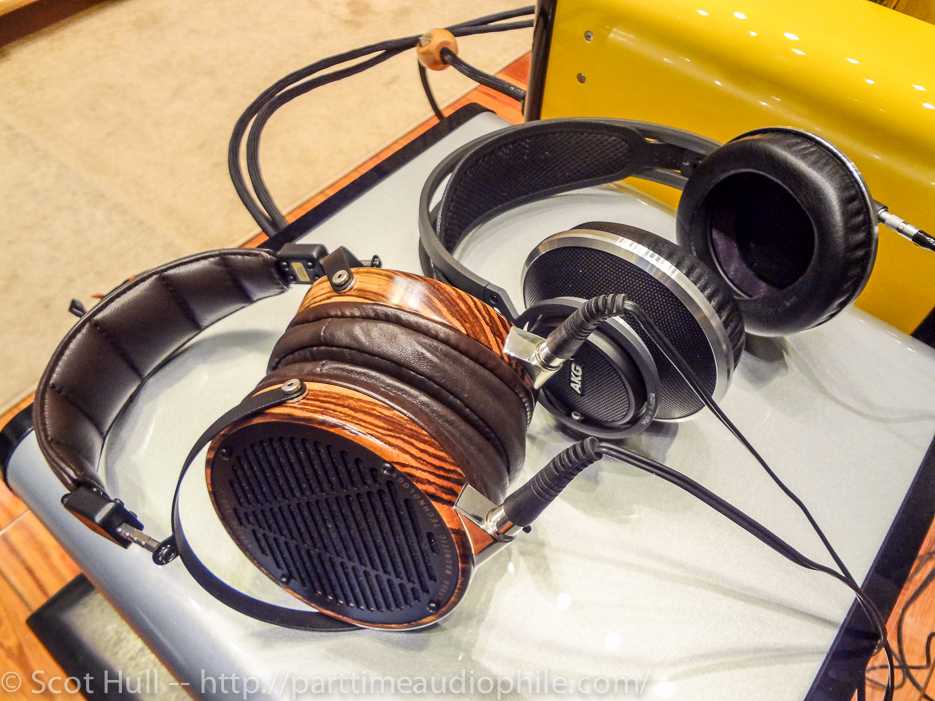








Путь инженера
Со скрипичными гениями прошлого основателей Viva Audio роднит в первую очередь страсть к музыке — недаром название фирмы в вольном переводе с итальянского можно истолковать как «да здравствует звук». Родоначальников двое — братья Скембри, Джампьетро и Амедео. Быть тезкой Моцарта — это, согласитесь, ко многому обязывает, и уже в юношеские годы Амедео начал собирать усилители и колонки — из первых попавшихся под руку комплектующих. Уроки творчества в стесненных условиях не пропали даром: они развили в молодом инженере изобретательность и творческие навыки. (Как не вспомнить русскую пословицу «Голь на выдумки хитра»?)
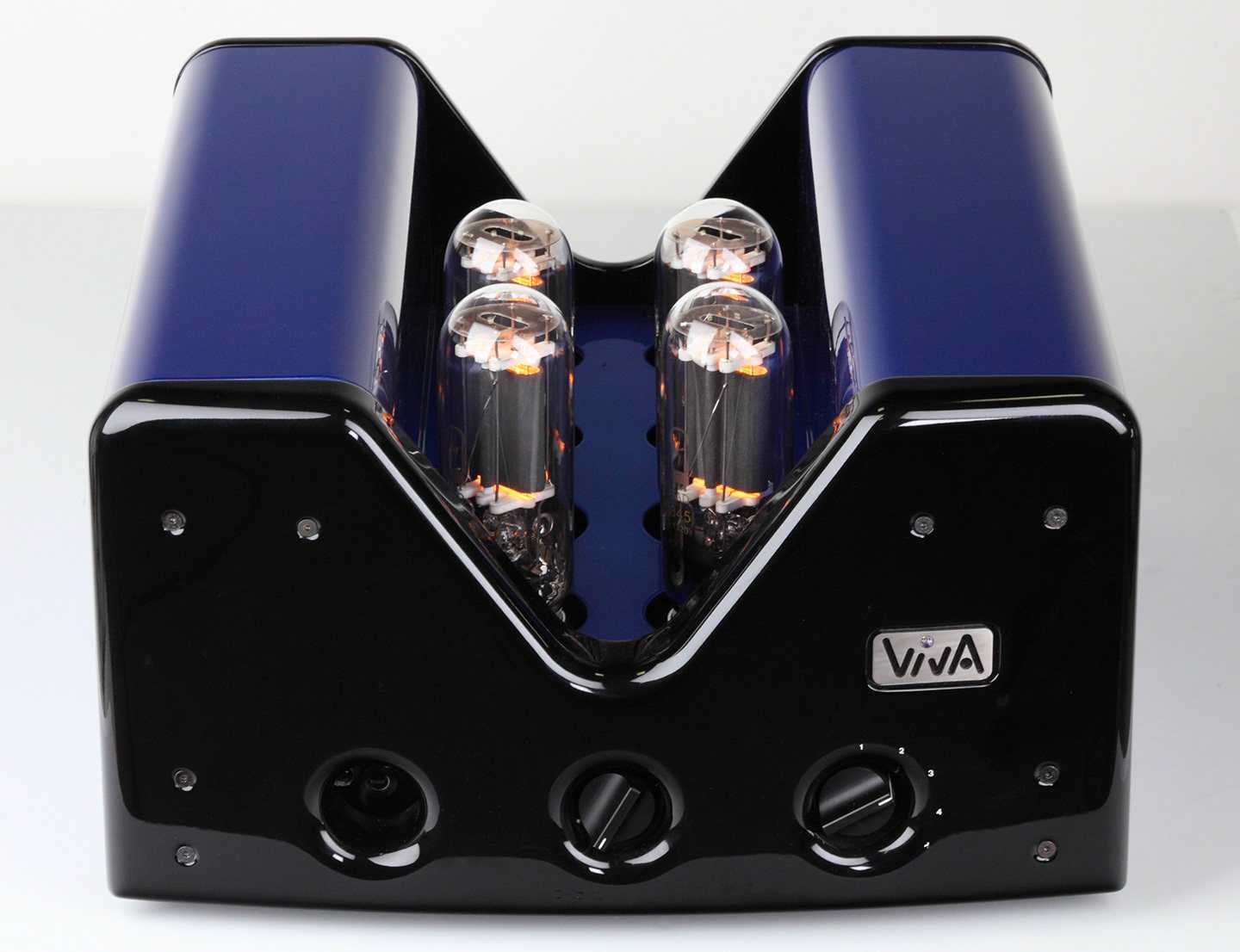 Алюминиевый корпус усилителя Viva Audio Solista необычной формы (V- или все-таки М-образный?) имеет элегантно скругленные углы и покрывается автомобильным лаком любого цвета по желанию заказчика
Алюминиевый корпус усилителя Viva Audio Solista необычной формы (V- или все-таки М-образный?) имеет элегантно скругленные углы и покрывается автомобильным лаком любого цвета по желанию заказчика
Приобретя с годами необходимый опыт, Амедео стал зарабатывать на жизнь, выполняя разовые заказы на разработку аудиотехники, в том числе и для студий звукозаписи. При этом он много общался с музыкантами, вслушивался в звучание их инструментов (впоследствии эти впечатления окажут ему неоценимую услугу — они станут главным критерием при создании аппаратуры Viva Audio).
К 26 годам Амедео был в состоянии спроектировать и построить звукозаписывающую студию, акустика которой отвечала бы самым высоким требованиям. В это время его заметили компании по производству техники класса High End и стали приглашать в качестве консультанта-разработчика. Примечательно, что формальное образование инженера-электроника он получить не пожелал — боялся ограничить свое творческое воображение рамками общепринятых теорий. Он предпочитает ставить во главу угла не технические характеристики, а слушателя, воспринимающего музыку душой и сердцем. Это не помешало Амедео взять на должность разработчика цифровой техники человека с дипломом в области информационных технологий, однако главным инженером фирмы является все же не «технарь», а выпускник консерватории, звукорежиссер, работающий преимущественно с симфоническими оркестрами.
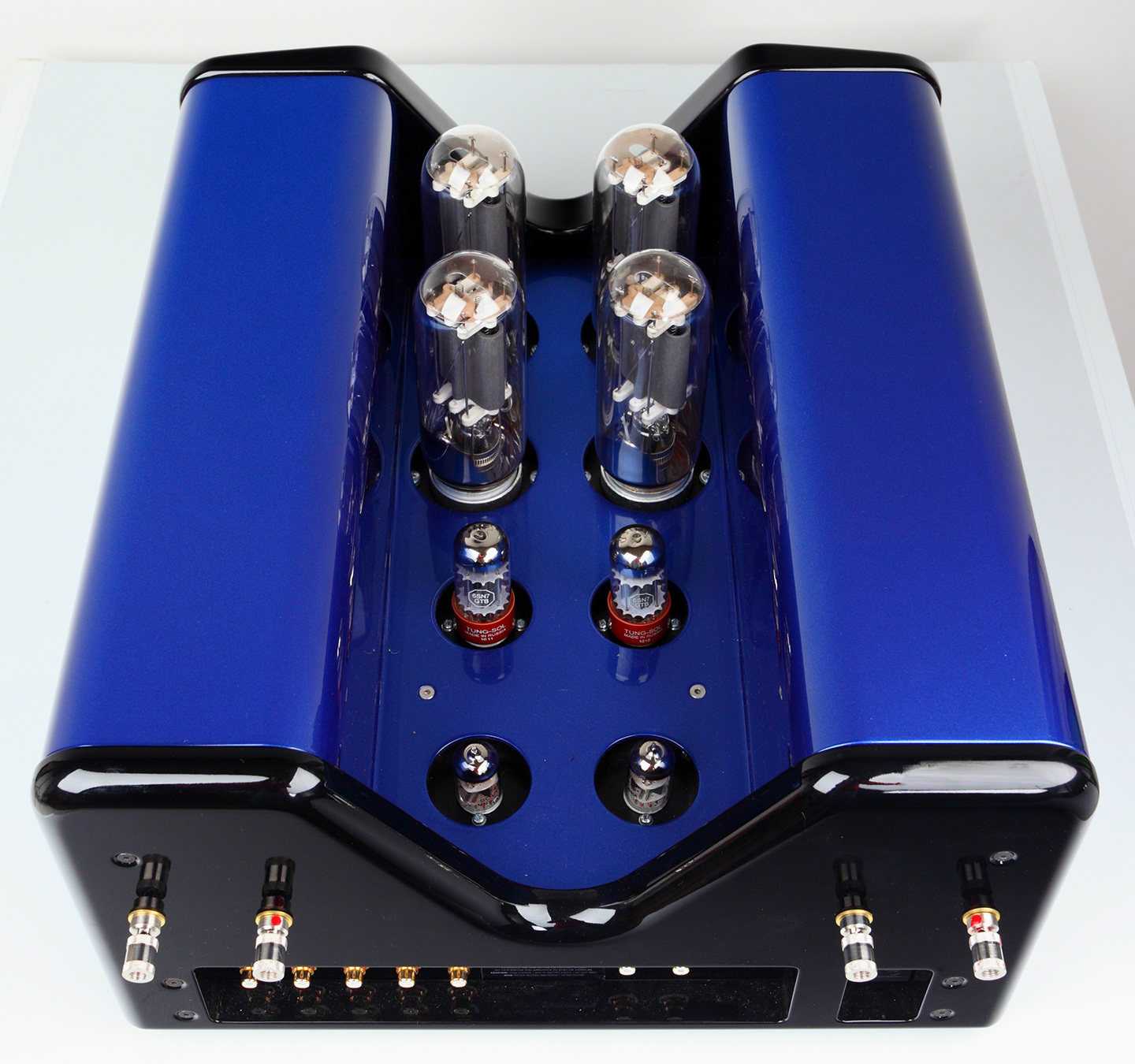 На верхней панели усилителя Viva Audio Solista размещена восьмерка триодов. Внизу на фото — входные 6C45Pi, за ними драйверы 6SN7GT и пара выходных 845-х. Еще две лампы 845 обслуживают выпрямитель блока питания
На верхней панели усилителя Viva Audio Solista размещена восьмерка триодов. Внизу на фото — входные 6C45Pi, за ними драйверы 6SN7GT и пара выходных 845-х. Еще две лампы 845 обслуживают выпрямитель блока питания
В ранг философии фирмы Амедео возвел собственную убежденность в том, что, несмотря на обилие записей, люди по-прежнему стремятся в концертный зал, ибо только живая музыка способна полностью раскрыть замысел ее создателя. Братья Скембри стремятся к тому, чтобы при прослушивании музыки посредством аппаратов Viva Audio слушателю казалось, что он присутствует на живом концерте. Без ламповых решений здесь, по мнению Амедео и Джампьетро, не обойтись. Рассмотрим, как воплощается этот дерзкий замысел, на примере полного усилителя Solista.
Ламповая восьмерка
Его внешность поистине уникальна. Вместо привычного корпуса «ступенчатого» дизайна (спереди лампы, за ними трансформаторы) — шкатулка с вырезом, напоминающим декольте вечернего платья знатной дамы. Ослепленный дерзостью проектировщиков, не сразу понимаешь, что вырез имеет V-образную форму. Она, по всей видимости, олицетворяет заглавную букву в названии фирмы, но хочется воспринять ее как символ виктории над косностью дизайнерского мышления.
Помимо шильдика с логотипом фирмы, фасад украшают (не найду лучше слова, чтобы описать столь органичное решение) три углубления, в которых расположены тумблер включения, регулятор громкости и переключатель входов. На верхней панели в две шеренги выстроилась восьмерка ламп; их раскалившиеся от работы сердца-катоды излучают свет предзакатного солнца. На задней стенке, под двумя парами высококачественных акустических клемм — пять линейных регулируемых и один нерегулируемый вход (используется, если нужно задействовать Solista, например, для озвучивания фронтальной стереопары в многоканальной системе, когда уровень громкости меняется через AV-процессор). Рядом расположен выход с предварительного усилителя; к нему можно подключить сабвуфер или же второй мощник (такие аппараты в линейке Viva Audio имеются) для организации работы АС по схеме bi-amping.
Прежде чем побеседовать о конструкции усилительного тракта, вновь обратимся к истории Viva Audio. Ее первенцем был 30-Вт моноблок Aurora, собранный на прямонакальном триоде 845 по однотактной схеме без обратной связи. Solista построен по тем же принципам. Это триодный однотактный усилитель с трансформаторами ручной намотки, не имеющий обратной связи и выполненный посредством ручной пайки и навесного монтажа. Однако, будучи «интегральником», он оснащен тремя каскадами.
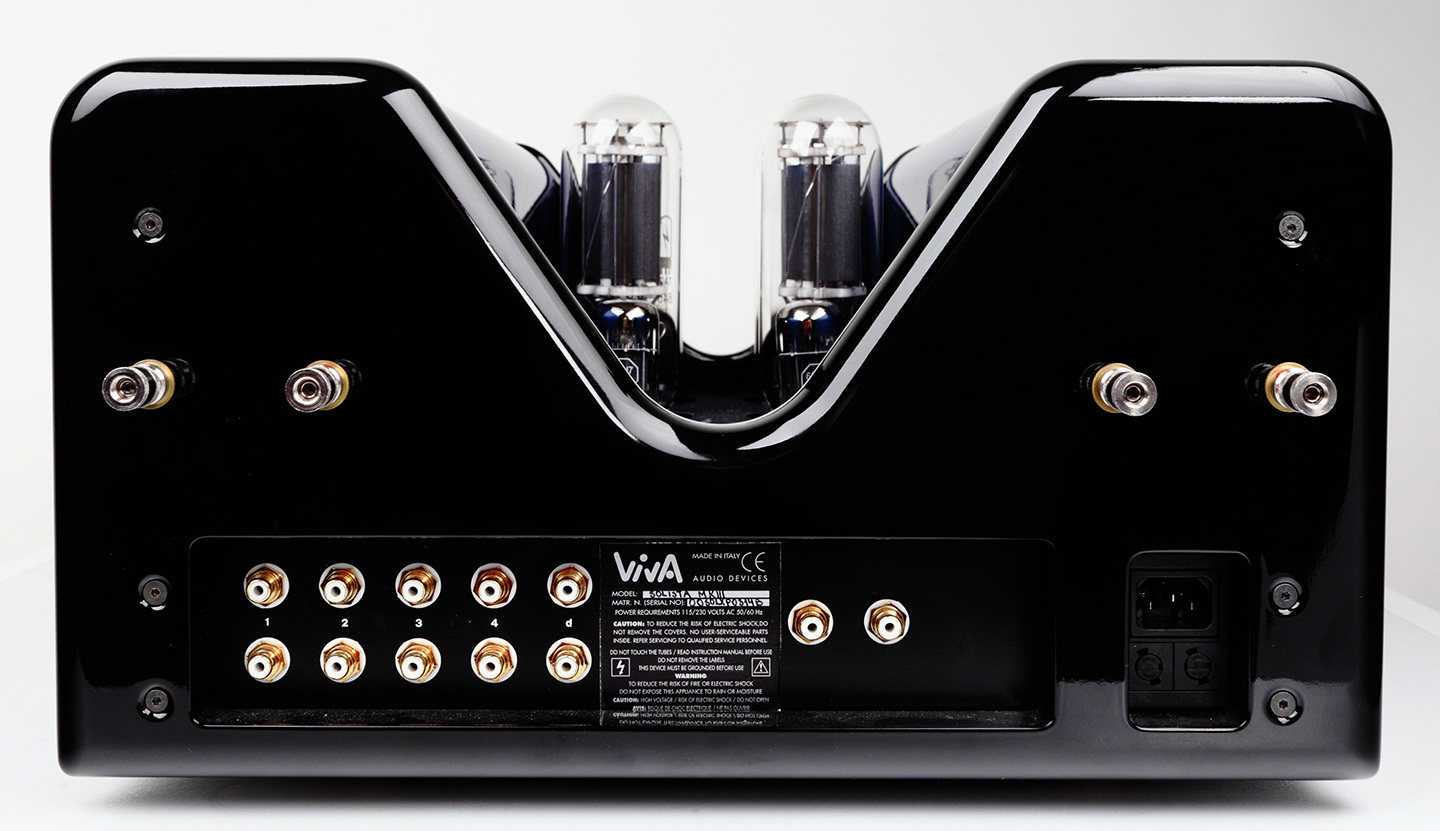 На задней стенке усилителя Viva Audio Solista, под двумя парами высококачественных акустических клемм разместились пять линейных регулируемых входов и один нерегулируемый (слева), а также выход с предварительного усилителя (справа)
На задней стенке усилителя Viva Audio Solista, под двумя парами высококачественных акустических клемм разместились пять линейных регулируемых входов и один нерегулируемый (слева), а также выход с предварительного усилителя (справа)
Входной сигнал после регулятора громкости поступает для усиления по напряжению на сетку триода 6C45Pi, лампы с очень низким импедансом. Далее он подается на двойной триод 6SN7GT (традиционное решение для промежуточного каскада, хотя иногда его собирают на 6H30 с более пологой характеристикой усиления, что может давать более приятное звучание). Эта лампа служит драйвером для выходного триода 845, с которым она связана через конденсатор. В результате получается схема, работающая в чистом классе А, т.е. с малым КПД, зато без искажений, связанных с переходом сигнала через ноль.
The S-O-U-N-D
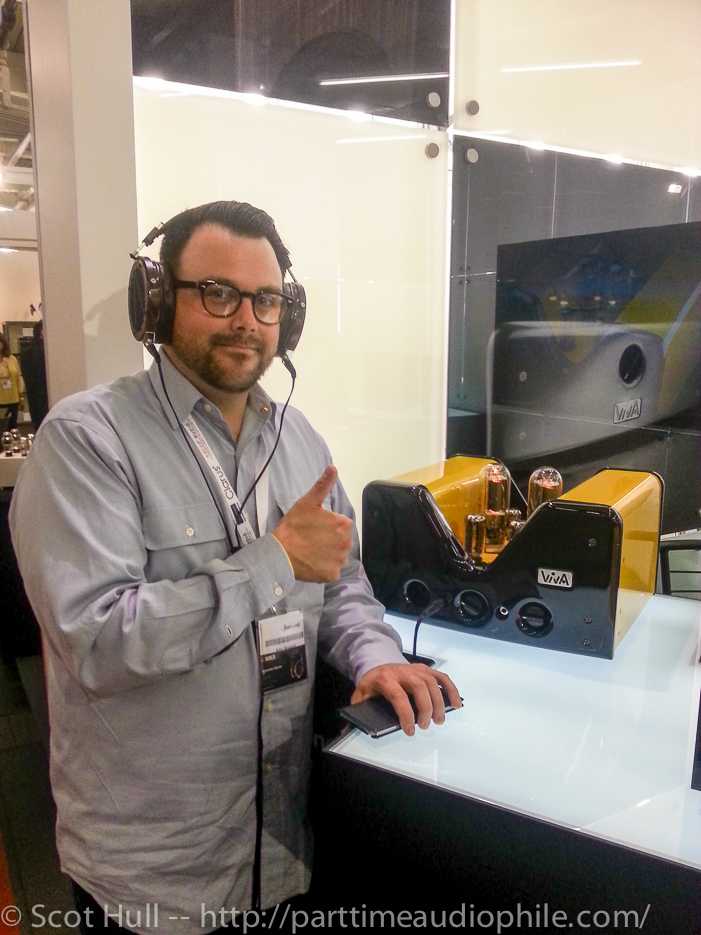


deus ex machina
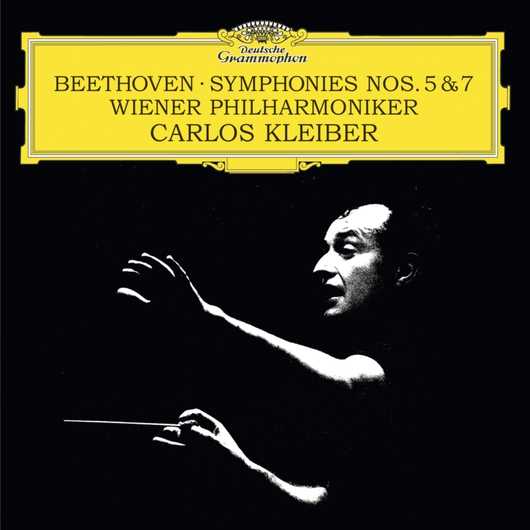
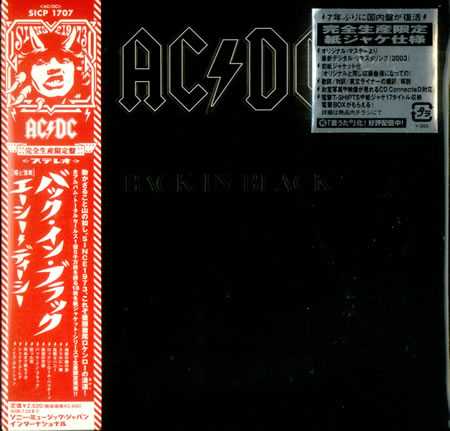
All this time, a single thought was running in cycles around my brain. Was I really listening to a tube amplifier with output transformers? Usually the OPTs, even those implemented in high-end amplifiers, present a slight roll-off in the bottom octave and especially when approaching the 20Hz threshold. The Viva transformers were the closest thing to a perfect transformer I have listened in quite some time. If there is a roll off, it is the slightest possible, and it would make itself present only when a discrete amount of power is used and the OPTs are close to their saturation point. You won’t be able to perceive it with electrodynamic headphones and you should use planar magnetic ones as stubborn as the HE-600 to duplicate this sensation of mine.
As one listening session succeeded the other, I went through various works by composers such as Britten (Simple Symphony op4), Shchedrin (Basso ostinato for piano) and Bizet/ Sarasate (Carmen Fantasy), which aided me in putting together the big picture for this headphone amplifier and the cans involved. The Viva-Audeze pairing had a bigger coda and longer decay in piano notes while presented all musical genres in a “fleshy” and rather dark manner. This is the matching most audiophiles dream about, amazing cans perfectly driven in all aspects. AKGs where more impactful in dynamics with clearly wider soundstage and an overall more ballsy character. Detail retrieval and precision second to none. At the same time, each instrument was more confined to its own space, the so-called “pinpoint imaging” trespassed into a less woven musical fabric. In certain aspects the AKGs got me beyond a live concert, they pushed me into the mixing room.


clinicalsurgicalesses
The Egoista proved to be a perfect match for the Audeze headphones as well. These have a rich character on their own, and though this can be seen as the best way for listening female singers, piano and jazz music, if paired with a mellow tube amp it could end up being all too smudgy ruining musical genres such as symphonies and complex musical content generally speaking. This was not the case here, the Viva Egoista pairing is brilliant in every aspect.
Царское село, 26 июня 2022 года
«ЦАРКОСЕЛЬСКИЙ КОНЦЕРТ И КОНКУРС»
«VIVA-MUSIC»
26 июня 2022
ГОСУДАРСТВЕННЫЙ МУЗЕЙ-ЗАПОВЕДНИК «ЦАРСКОЕ СЕЛО»
196601, Санкт-Петербург, г. Пушкин, ул. Садовая, дом 7
Организаторы концерта и конкурса:
Министерство культуры РФ
Международный общественный фонд «Viva-Music»
Россотрудничество
Порядок участия в концерте и конкурсе:
Необходимо заполнить заявку на нашем сайте ЗАЯВКА
Программа выступления должна состоять из 1 произведения для участников концерта и 2х произведений для участников конкурса+концерта. Просим в Заявке указывать точный хронометраж произведений.
Условия конкурса:
В конкурсе могут принять участие солисты, ансамбли и концертмейстеры по номинациям:
- фортепиано
- курс фортепиано для учащихся и студентов разных специальностей
- струнные инструменты
- народные инструменты
- духовые инструменты
- вокал академический
- ансамбли (фортепианные ансамбли, камерные ансамбли, квартеты, свободные составы, вокальные дуэты и вокальные ансамбли)
- искусство аккомпанемента
- учитель-ученик
ПОЛОЖЕНИЕ ДЛЯ ХОРОВ ЗДЕСЬ: https://www.viva-music.info/index.php/11-2021/26-2022
Возрастные группы:
Первая – от 6 до 10 лет, вторая – от 11 до 13 лет, третья — от 14 до 16 лет, четвертая — от 17 до 20 лет, пятая — от 21 до 25 лет, шестая — от 26 лет без возрастных ограничений.
Конкурсная программа:
Конкурсная программа должна состоять из двух двух разнохарактерных, разностилевых произведений по выбору участника (допускается исполнение частей сонат, концертов, сюит), с обязательным включением одного произведения эпохи барокко, рококо, классицизма, романтизма (до XX века). В конкурсном выступлении не допускаются исполнения сочинений одного автора. Солисты исполняют произведения наизусть, в ансамблях возможно исполнение по нотам.
Солисты — инструменталисты и инструментальные ансамбли:
Время звучания в первой группе — не более 8 минут, во второй — до 10 минут, в третьей, четвертой, пятой и шестой — программа может состоять из 2х произведений до 15 минут.
Для концертмейстеров, желающих принять участие в номинации Искусство аккомпанемента необходимо подать отдельную заявку на конкурс с указанием иллюстратора и программы. Концертмейстеры, не заявившие себя в данной номинации, конкурсантами не являются и получают грамоту концертмейстера.
Выступления участников конкурса оценивает Международное жюри, которое состоит из музыкантов, известных деятелей культуры и искусства. Жюри имеет право делить места между победителями, присуждать специальные награды. Решение жюри окончательное и обжалованию не подлежит.
Победители конкурса получат звание Лауреата I,II,III степени или Дипломанта Международного конкурса. Участники концерта получат Дипломы за участие.
Лауреатам конкурса будут вручены денежные Сертификаты для участия в Международном конкурсе и концерте «Viva-Music» в Турции 26-28 октября 2022 года и для участия 27 июня 2023 года в концерте Лауреатов в Carnegie Hall в Нью-Йорке.
Оргкомитет оставляет за собой все права на трансляцию прослушиваний, а также концертов лауреатов по радио, телевидению и в интернете, киносъемки, запись на видео- и аудионосители без выплаты гонорара участникам конкурса.
Организационный взнос.
Участие в концерте: Солисты – 8900 рублей ($120). Ансамбли 2 человека – 11500 рублей ($180). Ансамбли от 3х до 5 человек – 3800 рублей ($60) за каждого участника. Коллективы от 6 до 10 человек -2900 руб с человека ($40). Свыше 10 человек — 21500 руб ($350).
Граждане России оплачивают оргвзнос в рублях, все остальные страны — в долларах.
Участие в конкурсе (по желанию, дополнительно к участию в концерте): Участие в конкурсе: «VIVA-MUSIC — ЦАРСКОЕ СЕЛО» (участники оцениваются Членами жюри во время выступления в концерте): Солисты – 1500 рублей ($30). Ансамбли 2 человека – 2000 рублей ($40).
Для хоровых коллективов информация здесь: https://www.viva-music.info/index.php/11-2021/26-2022
Граждане России оплачивают оргвзнос в рублях, все остальные страны — в долларах.
Каждому участнику концерта выдается 1 бесплатный билет на конкурс и концерт для сопровождающего лица. Дополнительные билеты на концерт для гостей и других сопровождающих лиц приобретаются отдельно. Стоимость билета на концерт в зал — 500 рублей. Количество мест-ограничено. Дополнительно оплачивается вход на территорию музея непосредственно в кассе музея в день проведения мероприятия: дети до 16 лет — , студенты- 80 рублей, взрослые — 150 рублей.
Все расходы по проезду и пребыванию участников, педагогов, концертмейстеров, несут направляющие организации или сами участники.
Прием Заявок до 15 июня 2022 года включительно при наличии оставшихся мест и времени в хронометраже концерта и конкурса.
And back to the present
There are two fundamental parameters in every amplifier. Quantity and quality. The Egoista is almost unique among headphone amps. With 15 watts, it is powerful enough to drive even the most demanding headphones no matter how inefficient those might be. During the recent headphone fest I gave it a try with the HiFi Man HE-6 and it drove them without hesitation. No audible distortion, even when the pot was at 1 to 2 o’clock and the volumes were almost painful for my ears. It clearly has no problem with the Audeze LCD-3, and the AKG K-812s were a piece of cake for the yellow beast; during my listening sessions the volume knob was adjusted for about “an hour” under the corresponding level of the planars.
If it was the quantity you and I were going after, this amplifier would make no sense. Not at this price. You can have a perfectly fine solid-state amp with the same amount of raw power for much, much, much less moola. Things are rather different when it comes down to quality, and in fact the yellow beast is on a whole new, inimaginable level.
Even more recent history
Besides my day time job and my moonlighting over here at Part Time Audiophile, I also like participating in the various audio forums. I find them being the pulsating heart of the audio community, the perfect place to chat with friends about our passion. Actually I do more than just participate; I also help moderate the biggest one in Greece, the local AVClub.gr. And not more than a month ago, we organized the first ever local headphone fest, which was a major success with 80 brands presenting their stuff and more than 40 live set ups. You can read all about it in The Audio Traveler, for those who have already followed my extensive report, you know where I am heading with this. Yes, during the Athens show we had the Viva Egoista on display, one of the first official production units flew in from Italy and it was paired with Audeze’s LCD-3 planar magnetic headphones. After the show, a series of phone calls set up the details of the review you are about to read. The whole took place at the local Audeze show room, and I would like to thank the guys for the proverbial hospitality.
End of the story
Canonical reviews should contain several passages of comparisons with other similarly priced products, but there is an issue here. Not many headphone amplifiers cost ten grand. Woo Audio produces the gorgeous 234 mono headphone amplifiers that are even more expensive, but output only 2 to 3 Watts at 60Ohms depending on the tube complement. Other amplifiers will produce serious amounts of power, like the HiFi Man EF-6 or the extreme value for money Schiit Mjolnir. But these are solid state designs and fall short in terms of perceived transparency, delicacy during female voices and that magical sensation of space the Egoista provided.
Clearly there must be a downside in all this, right? Well, I went through my notes and I can point out the following. First, this is not a balanced design. It would have been a major handicap if there was humming, buzzing or rumor of anything of the sort during playback, but these are unknown notions for the Egoista. I have no measurements in hand, but SNR must be vanishingly low for a direct heated triode design and seems comparable to solid state amps.
What else? It is overly bulky, no other headphone amp comes even close in weighting 65 pounds and only able to drive cans. The WA-234, by contrast, will also drive very efficient speakers too; everything else in the market is relatively small enough to be placed on your desk, next to you or even moved from office to home without risking a hernia.
Critics are now thinking “the PRICE”, that’s where the catch is. I’m sorry to let you down, but this is not the case here. Wait, what? 10 big ones is not a downside? Nope, the Egoista is true VFM. Before shutting down your browser, let me explain. Can you name another summit audio product that comes for 10K? How much is it for the best of the best stereo power amp currently available? What about top of the line speakers? Not even audio cables come that cheap in this category. Can you name one other product that has zero flaws and outperforms pretty much everything in the market in both driving capabilities and finesse?
The unfortunate fact that many of us cannot afford it does not make the Egoista anything less than a bargain. The joy provided by the yellow beast can be matched by very few classic two-channel systems, and almost always for much more money. This rig, cables excluded, complete with the beautiful Numerico and both headphones will set you back $25K, compared to ultra high-end two channel systems at this level, this is only a fraction of that cost. And if you can afford the Egoista may I suggest the acquisition of both headphones used in this review? The Audeze and AKG work in complementary mode; depending on the genre (and the listener’s mood) you will always have the perfect one waiting for you.
After days of testing the only “real” downside I could come up with is the volume knob, which runs particularly hot after a few hours of listening. I could live with that. But now, I must come up with $10K.
Источник
History in the making
Viva Audio is nowhere close to being a new player in the market. They have been producing speakers and tube amplifiers since mid-nineties. Current production consists of 3 amplifiers, a phono stage, a DAC with transport (Numerico, used a source during this review and still not officially available), and a couple of speaker systems, with the big one being really big and the small one again awaiting official presentation.
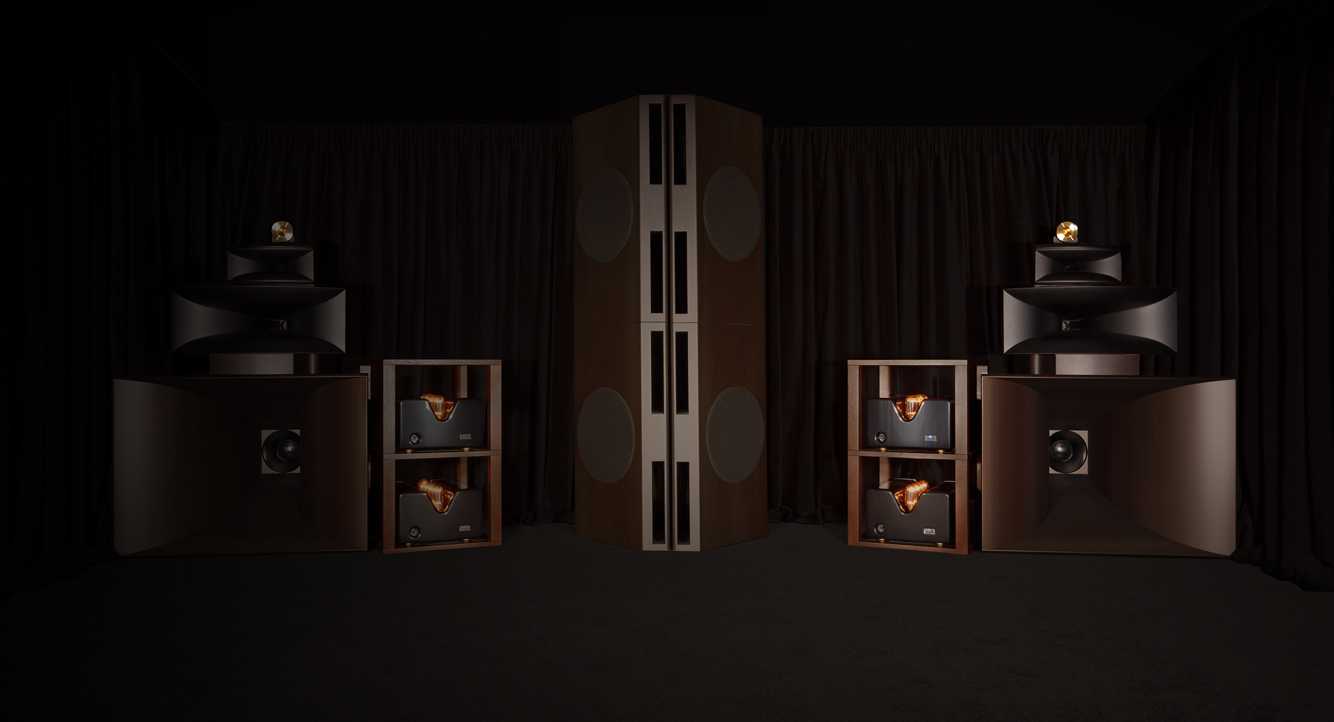
Viva amplifiers are designed with some constant principles in mind. Current production takes advantage of the 845 direct heated triode tube with a zero negative-feedback topology, point-to-point wiring and amorphous-core output transformers.
Among the various models, the Solistino integrated is the one that acted like a donor for the Egoista’s design. The Solistino and the Egoista share in fact the same layout, meaning a Russian 6N6P double-triode (similar to the ECC99) driving the classic 6SN7 GTB double triode (by ElectroHarmonix) and one 845 output triode per channel, sourced by TAD. Rectification is also done by tube with a pair of EH 5U4GB. Besides the obvious and necessary adaptation of the circuitry to the specific headphone use, the only differences lay in the remote control with the Egoista costing only slightly less than the integrated for not having one. Casework and knobs are identical; you would be hard pressed to tell one from the other. On the front panel you will find the power toggle switch, the volume knob and the input selector for a total of 5 positions (one input runs direct). All three lay inside recessions on the black plate covering the front in typical Viva fashion. Two additional smaller recessions placed inline between the bigger ones house the headphone outputs.
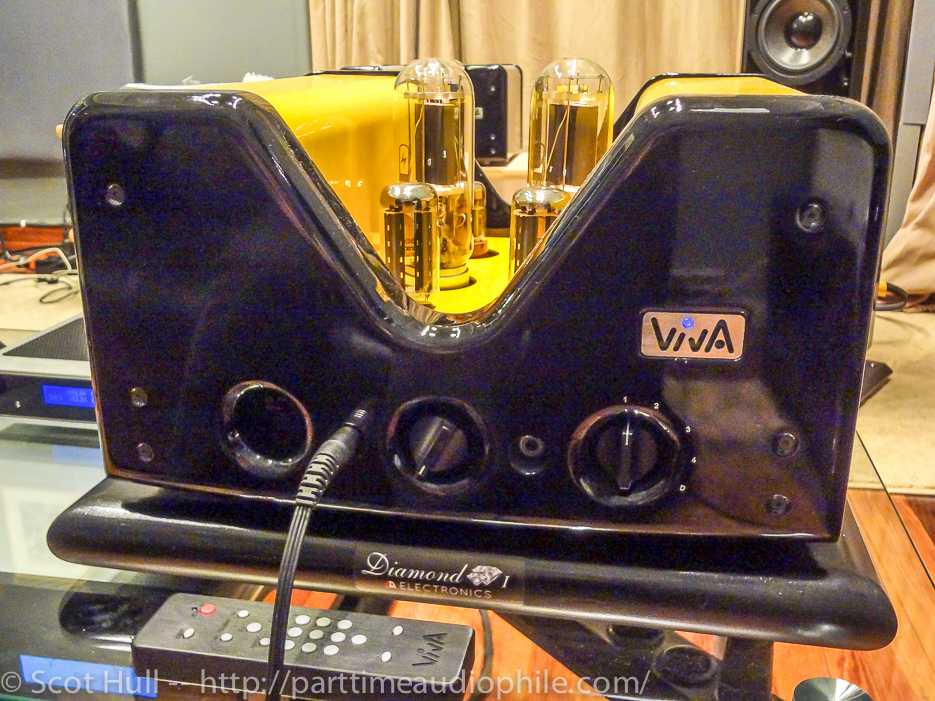
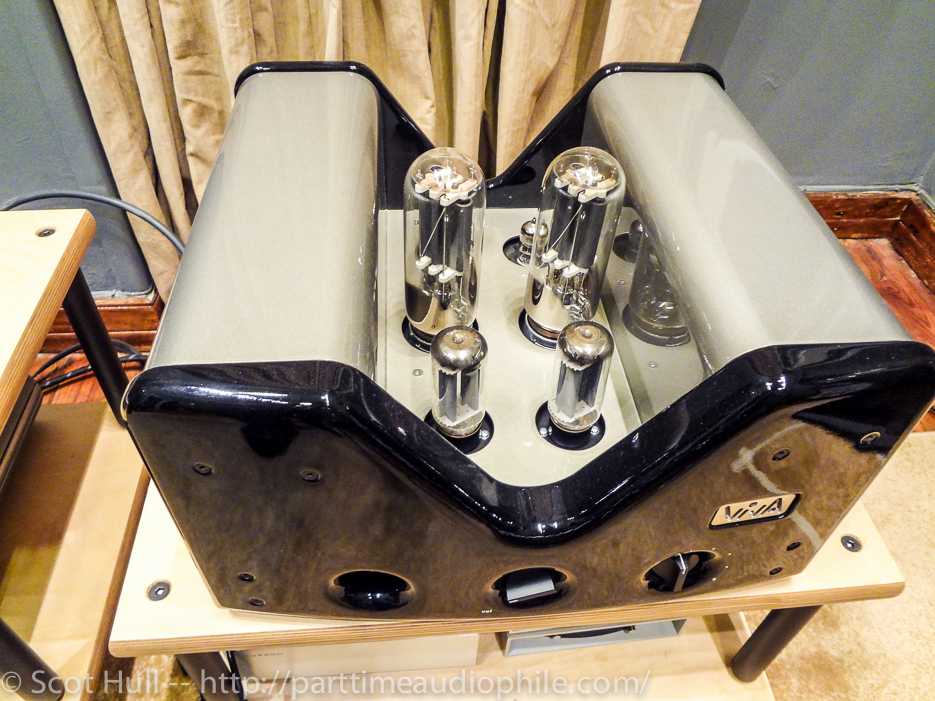
A second black plate covers the back while the rest of the casework is made from an undulated single piece of aluminum that can be customized with a wide variety of automotive colors. The review sample was finished in Porsche Yellow while the Numerico at hand was silver, also sourced by Porsche. The looks are what I would call “original”, you might prefer the term “innovative” as they follow a form over function concept. Underneath the two cliffs, Mr. Schembri has hidden the power and output transformers along with the filtering chokes. The canyon that is created offers shelter for the tubes as there is no protection grid of any kind. I find the design to be very appealing, despite being a bulky amplifier (and weighing 65lbs), and even when turned off the Egoista will attract the eyes of everyone and dominate your living room.
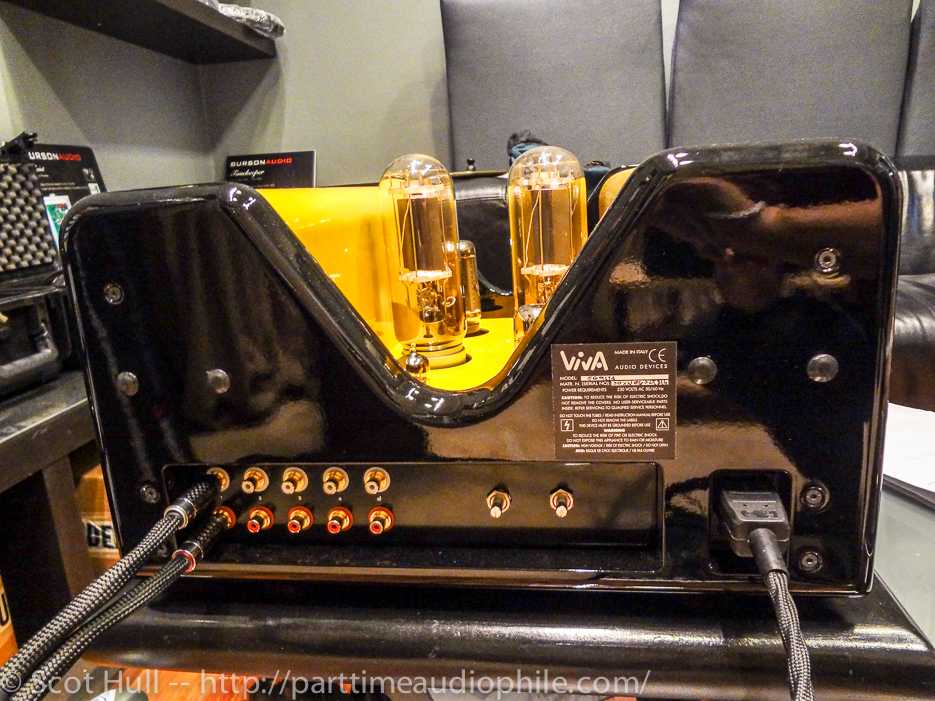
Схема 1 транзисторного усилителя
Блок питания тут не критичен, можно без проблем подавать на усилитель от 2×30 Вольт до 2×60, от этого будет зависеть только выходная мощность.
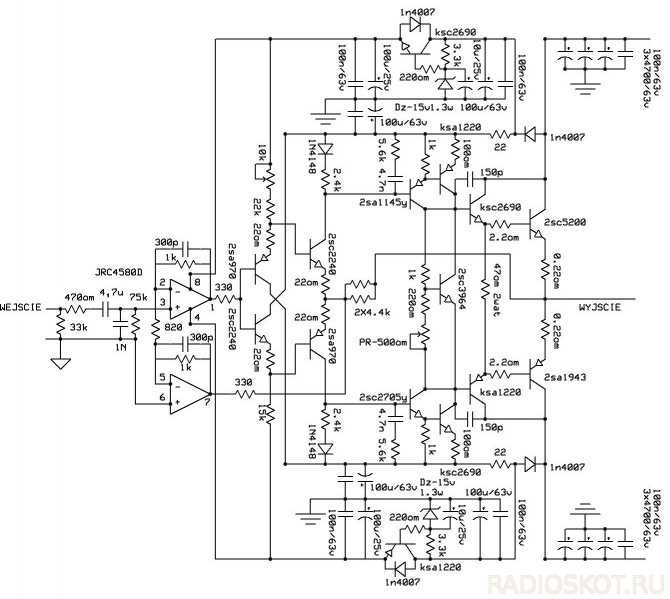
Что касается транзисторов, которые использовались в проекте, они не критичны, вы можете использовать bd139 и bd140 вместо 2sc. Только один транзистор должен использоваться с целью тепловой компенсации, как на схеме
Важно отметить, что вы не должны менять 2sc3964, потому что с другими ток покоя будет быстро расти по мере повышения температуры
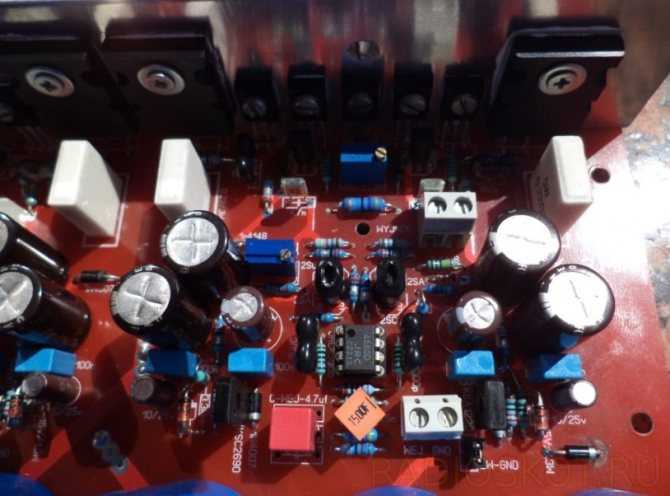
Предполагается что усилитель будет бюджетной версией, ведь у многих нет даже трансформатора с четырьмя вторичными обмотками для питания отдельных УМЗЧ. К тому же усилители с токовой обратной связью не так подвержены возбуждению.
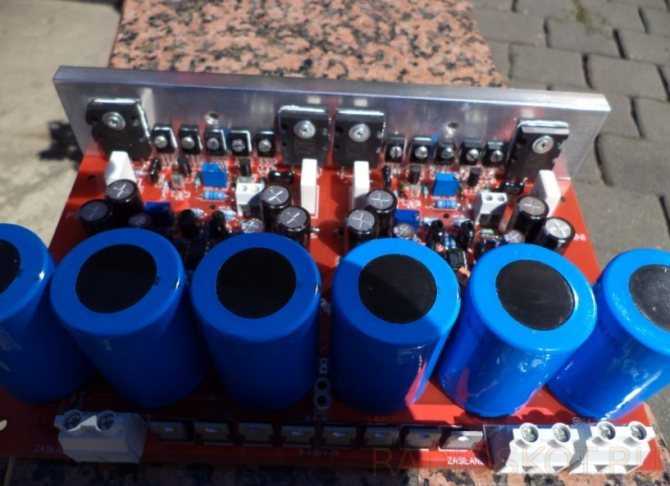
Здесь именно операционный усилитель формирует звук этого усилителя. Использование менее эффективного операционного усилителя обычно приводит к ухудшению. После многочисленных экспериментов советуем остановиться на JRC4580D.
